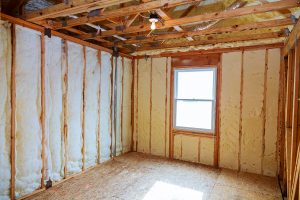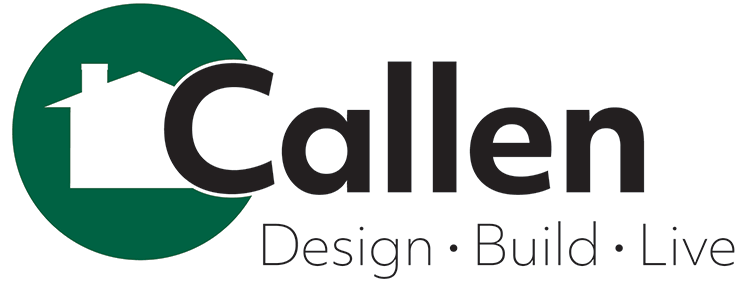 “The primary function of a home’s insulation is to impede the rate of heat transfer in order to sustain a desired indoor temperature, which applies to hot and cold weather conditions alike,” said Christopher Wittmann, CR, Sales Manager – exterior products with Callen. “In Wisconsin, where we regularly experience temperature extremes, the attic insulation will slow the rate at which heat enters the home during the warmer months, while it slows the rate at which heat escapes a home during the cooler months.”
“The primary function of a home’s insulation is to impede the rate of heat transfer in order to sustain a desired indoor temperature, which applies to hot and cold weather conditions alike,” said Christopher Wittmann, CR, Sales Manager – exterior products with Callen. “In Wisconsin, where we regularly experience temperature extremes, the attic insulation will slow the rate at which heat enters the home during the warmer months, while it slows the rate at which heat escapes a home during the cooler months.”
Roof and attic insulation is particularly important when you consider that approximately one quarter of heat loss occurs through the roof in a poorly insulated home. Therefore, Callen explores the importance and benefits of ensuring your roof and attic are properly insulated.
According to the U.S. Department of Energy, nearly half of all energy used in U.S. homes is allocated for cooling and heating purposes. As the cost to cool and heat your home accounts for a majority of your energy bill, if your home is not adequately insulated, you’re losing money.
In this scenario, your Heating, Ventilation and Air Conditioning (HVAC) system must work overtime in order to compensate for the air leakage and maintain a consistent indoor temperature. “Simply put, you’re paying extra so your home can run inefficiently,” said Christopher. “Pay attention to your home’s energy bills and compare your current bill to past ones. If there is a noticeable jump in price, it’s possible that your home’s insulation could be failing. A home with the appropriate amount of attic insulation will be more energy efficient and have a positive impact on your energy bill as well as the environment around you, as it will greatly reduce your home’s carbon footprint.”
Not only will your bank account notice the difference of a properly insulated roof and attic space, but you’ll be able to feel the difference in terms of comfort too. When a home is lacking insulation, you may notice inconsistent temperatures from one room to the next. One way to confirm this is to fully open all of your home’s vents and inside doors. Once you’ve given your thermostat ample time to adjust, proceed to examine each room of your home and take note of any particularly hot or cold areas. “Be sure to feel the ceiling in each room as well. If anything feels abnormal, it’s likely that your insulation is inadequate and requires replacement,” Christopher said. “A home with a sufficient amount of attic insulation will feel more comfortable since the specific temperature you set your thermostat to will be accurately reflected in every room of your home. In addition, a well-insulated home will take unnecessary strain off of your HVAC system, drastically increasing its lifespan.”
Another advantage of a roof and attic equipped with a suitable amount of insulation is that it is effective at inhibiting the formation of condensation on ceilings and walls, which in turn, eliminates the possibility of mold growth. However, homes that are deficient in insulation are susceptible to condensation, which can culminate in mold and compromise the integrity of the home in addition to the well-being of its residents. “Therefore, if you notice any moisture in your attic, it’s strongly encouraged to have your attic and roof inspected by a professional to assess possible damage and determine the root cause,” he said.
Disregarding the signs that your home is under insulated will only aggravate the situation. “Addressing these issues early will help you save money on your energy bill, feel more comfortable in your own home, and ensure a sound structure and a healthy environment for you and your family,” Christopher said.


